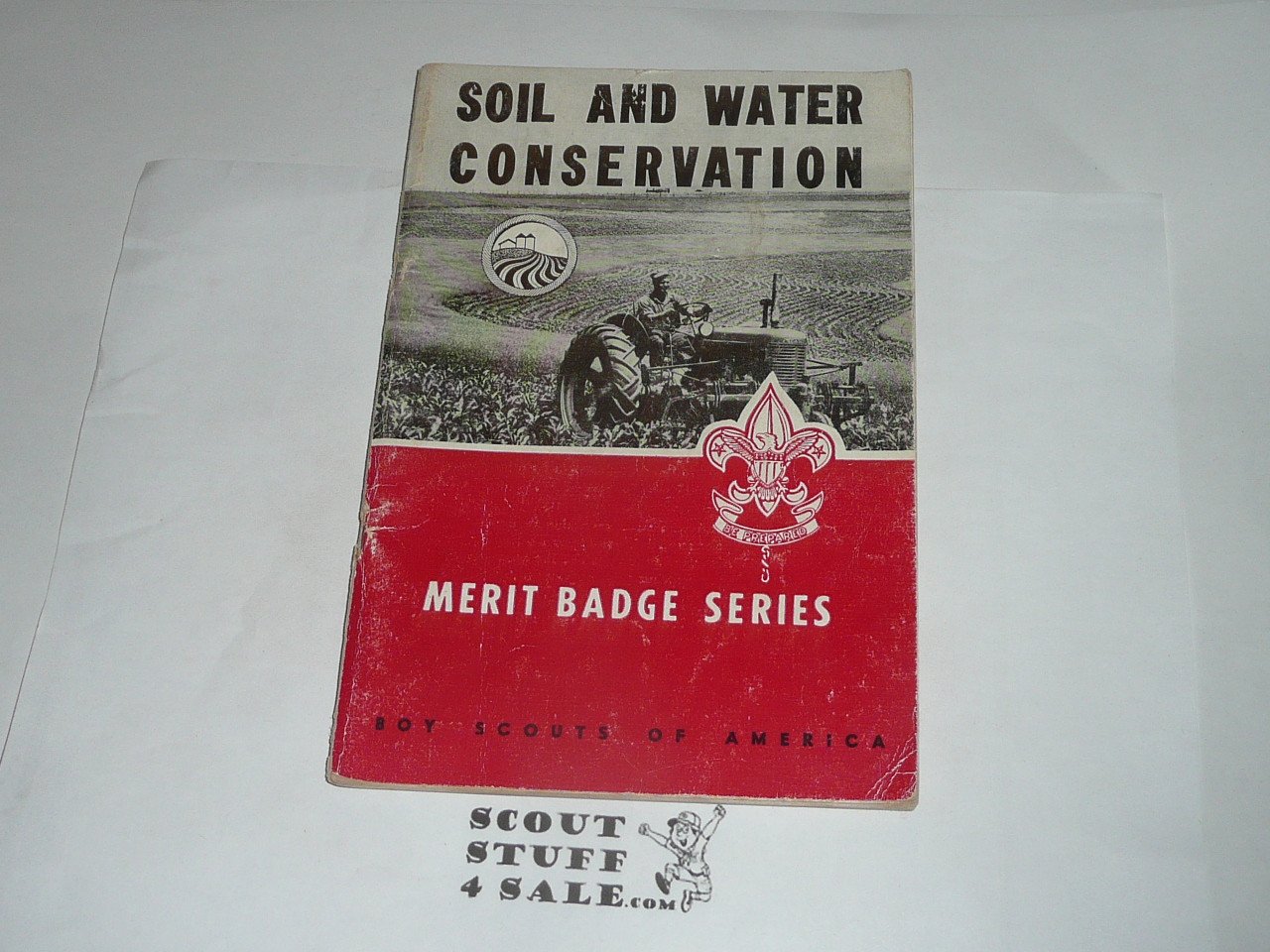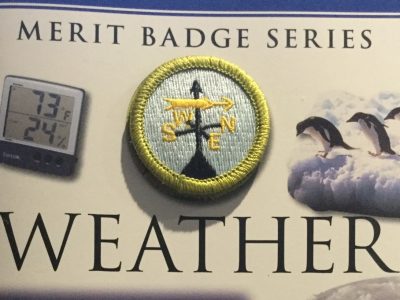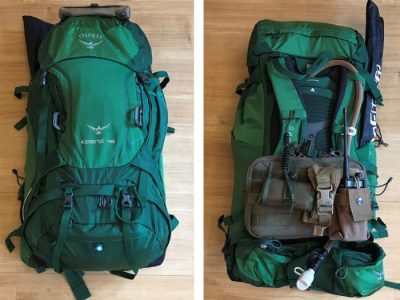Cold weather camping tips for scouts: When venturing into the wilderness during the colder months, preparation is key. Follow these tips to ensure a safe and enjoyable experience.
From selecting the right gear to managing warmth and preparing for emergencies, this guide covers everything you need to know for a successful cold weather camping trip.
Pre-Camp Preparation

When preparing for cold weather camping, selecting appropriate gear is crucial to ensure warmth, comfort, and safety. Failure to do so can lead to hypothermia, frostbite, or other cold-related illnesses.
Essential gear includes:
- Clothing:Layering is key. Start with a base layer of moisture-wicking fabric, followed by an insulating layer of fleece or wool, and a waterproof, breathable outer layer.
- Sleeping Bags:Choose a sleeping bag rated for the expected temperatures. Synthetic bags are generally less expensive and more durable, while down bags are lighter and more compressible.
- Tents:Look for a tent with a sturdy frame and a waterproof, breathable rain fly. Ensure the tent has enough space for all occupants and gear.
Testing gear before the camping trip is essential. This allows you to identify any issues and make necessary adjustments. Set up the tent in the backyard or a park to check for leaks or other problems. Test the sleeping bag by sleeping in it overnight in a cold room.
Site Selection and Shelter

Cold weather camping presents unique challenges, including selecting a suitable campsite and choosing the right shelter to ensure warmth and comfort.When choosing a campsite, consider factors such as wind exposure, drainage, and proximity to water. Avoid areas exposed to strong winds, which can increase heat loss and make it difficult to stay warm.
Choose a site with good drainage to prevent water accumulation and potential flooding. Access to water is essential, but avoid camping too close to water bodies that may freeze or flood during cold weather.Regarding shelter, tents are the most common option for cold weather camping.
Single-wall tents are lightweight and easy to set up, but they offer less insulation than double-wall tents. Double-wall tents have a separate inner and outer layer, creating an air gap that provides better insulation. For extreme cold, consider using a four-season tent designed to withstand harsh winter conditions.When
setting up a tent, choose a level spot and orient the entrance away from prevailing winds. Dig a shallow trench around the tent to prevent water from pooling underneath. Use snow stakes or ice anchors to secure the tent firmly in place.
Ensure proper ventilation by opening vents or using a vestibule to prevent condensation buildup inside the tent.
Warmth Management

Managing body temperature is crucial for cold weather camping. Layering clothing is a fundamental technique to trap heat and prevent heat loss.
The layering system consists of three layers:
- Base layer:Wicks moisture away from the skin, keeping you dry and warm.
- Mid-layer:Provides insulation, trapping body heat.
- Outer layer:Protects against wind and precipitation.
Choose materials that breathe and wick moisture, such as merino wool or synthetic fabrics. Avoid cotton, as it absorbs moisture and stays damp.
It’s also essential to stay dry. Moisture buildup can lead to hypothermia. Avoid sweating excessively by regulating activity levels and adjusting clothing layers.
Clothing Combinations, Cold weather camping tips for scouts
- Base layer:Long underwear made of merino wool or synthetic fabric.
- Mid-layer:Fleece jacket or insulated vest.
- Outer layer:Waterproof and breathable jacket and pants.
Fire Safety and Heat Sources: Cold Weather Camping Tips For Scouts

When using a campfire for warmth, safety should be the top priority. Clear an area around the fire pit, keeping it free of flammable materials. Never leave a fire unattended, and ensure it is completely extinguished before leaving the campsite.
Alternative heat sources can provide warmth without the need for a campfire. Portable heaters, powered by propane or electricity, offer a convenient and effective way to warm a tent. Chemical warmers, activated by oxygen, can be placed inside sleeping bags or gloves for targeted warmth.
Using Heat Sources Effectively
- Maximize heat retention by closing the tent flaps and zipping up sleeping bags.
- Place heat sources strategically, such as under sleeping pads or near the head of the sleeping bag.
- Avoid using open flames inside the tent due to the risk of carbon monoxide poisoning.
Food and Water

Cold weather camping requires extra preparation and consideration for food and water. Preparing food in cold weather can be challenging due to frozen ingredients and limited cooking options.
Choose easy-to-cook meals and snacks that can be prepared with minimal effort. Consider meals that can be cooked over a portable stove or campfire, such as soups, stews, and grilled sandwiches. Pack high-calorie snacks like nuts, energy bars, and dried fruit to provide quick energy boosts.
Staying Hydrated
Staying hydrated is crucial in cold weather. Dehydration can occur even faster in cold environments due to reduced sweating and increased water loss through respiration.
Carry an insulated water bottle and refill it regularly. If necessary, melt snow for water using a stove or campfire. Ensure the snow is clean and free of debris before melting.
Emergency Preparedness

Having an emergency plan and communication devices is crucial for cold weather camping. In case of an emergency, scouts should know who to contact and how to communicate their location. They should also carry a whistle or other signaling device to attract attention.Hypothermia
occurs when the body loses heat faster than it can produce it, leading to a dangerously low body temperature. Symptoms include shivering, confusion, drowsiness, and loss of coordination. Frostbite occurs when body tissue freezes, causing damage to the skin and underlying tissues.
Symptoms include numbness, tingling, and skin discoloration.If hypothermia or frostbite is suspected, it is important to seek medical attention immediately. In the meantime, move the person to a warm place, remove wet clothing, and cover them with blankets. Do not rub or massage frostbitten areas.
Final Thoughts

By following these tips, scouts can confidently embrace the challenges of cold weather camping and create lasting memories in the great outdoors.
FAQ Summary
What are the essential gear items for cold weather camping?
Appropriate clothing, sleeping bags rated for cold temperatures, a sturdy tent, a stove for cooking and melting snow, and a first-aid kit are all essential.
How can I stay warm while sleeping in a tent?
Layer your clothing, use a sleeping bag liner, and consider using a heated blanket or chemical warmers.
What are the signs and symptoms of hypothermia?
Shivering, confusion, slurred speech, and loss of coordination are all potential signs of hypothermia. If you suspect someone is experiencing hypothermia, seek medical attention immediately.




